Growth of the Packaging Industry
The Rubber Roller Market is significantly impacted by the growth of the packaging sector, which is projected to expand at a CAGR of 5.2% over the next five years. As consumer preferences shift towards convenience and sustainability, the demand for innovative packaging solutions is on the rise. Rubber rollers play a crucial role in the packaging process, facilitating tasks such as printing labels and sealing packages. This increased focus on efficient packaging solutions is likely to drive the demand for high-quality rubber rollers, as manufacturers seek to enhance their production capabilities. Consequently, the packaging industry's growth is expected to have a positive ripple effect on the rubber roller market.
Rising Demand from Various Industries
The Rubber Roller Market is witnessing a notable increase in demand from diverse sectors, including printing, textiles, and food processing. These industries rely heavily on rubber rollers for their operations, as they provide essential functions such as conveying, pressing, and coating. The printing industry, in particular, is expected to contribute significantly to market growth, with an estimated market size of USD 1.2 billion by 2026. This rising demand is attributed to the need for high-quality printing solutions and efficient production processes. Furthermore, the expansion of the textile industry, driven by increasing consumer preferences for customized fabrics, is likely to further bolster the demand for rubber rollers.
Emerging Markets and Economic Development
The Rubber Roller Market is poised for growth due to the emergence of new markets and ongoing economic development in various regions. Countries in Asia and South America are experiencing rapid industrialization, leading to increased investments in manufacturing and production facilities. This trend is likely to create new opportunities for rubber roller manufacturers, as these regions require advanced machinery and components to support their growing industries. Additionally, the rise of small and medium-sized enterprises (SMEs) in these markets is expected to contribute to the demand for rubber rollers, as these businesses seek to enhance their operational efficiency. The overall economic development in these regions may result in a robust growth trajectory for the rubber roller market.
Sustainability and Eco-Friendly Practices
The Rubber Roller Market is increasingly influenced by sustainability initiatives and eco-friendly practices. Manufacturers are now focusing on producing rubber rollers from recycled materials and sustainable sources, responding to the growing consumer demand for environmentally responsible products. This shift not only helps in reducing the carbon footprint but also aligns with global efforts to promote sustainability across various industries. As a result, companies that adopt these practices may gain a competitive edge in the market. The trend towards sustainability is expected to drive innovation in material science, leading to the development of new, eco-friendly rubber compounds that meet industry standards while minimizing environmental impact.
Technological Innovations in Rubber Roller Manufacturing
The Rubber Roller Market is experiencing a surge in technological innovations that enhance production efficiency and product quality. Advanced manufacturing techniques, such as precision molding and automated processes, are being adopted to meet the increasing demand for high-performance rubber rollers. These innovations not only reduce production costs but also improve the durability and functionality of the rollers. For instance, the integration of computer-aided design (CAD) and computer-aided manufacturing (CAM) systems allows for more precise specifications, which is crucial for industries like printing and packaging. As a result, the market is projected to grow at a compound annual growth rate (CAGR) of approximately 4.5% over the next five years, driven by these technological advancements.


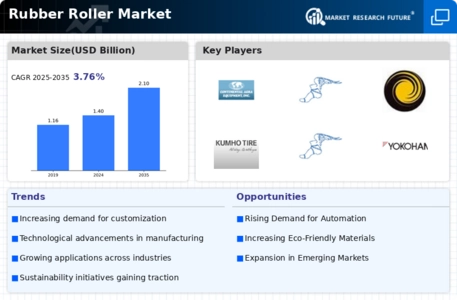
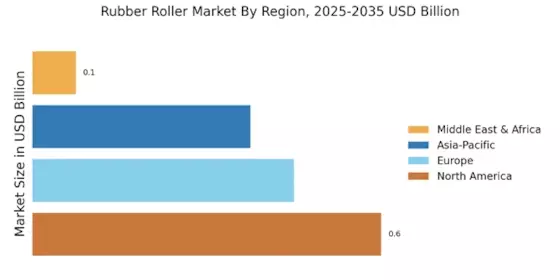



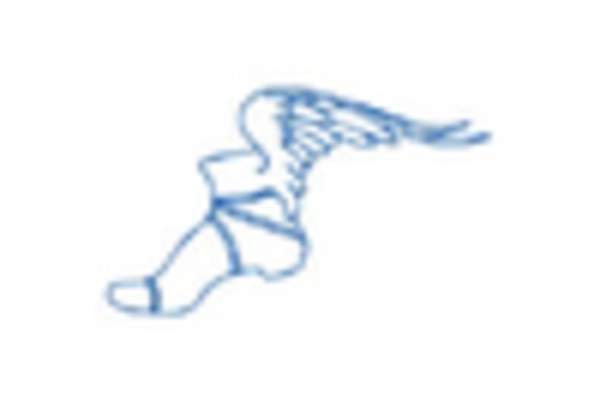
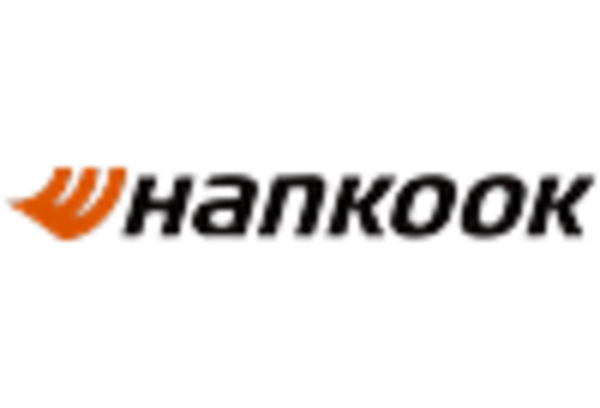
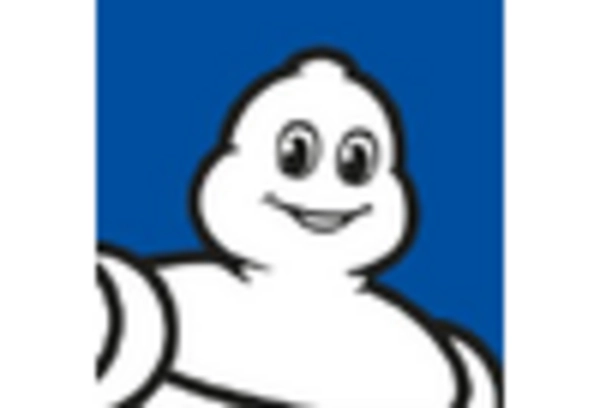








Leave a Comment